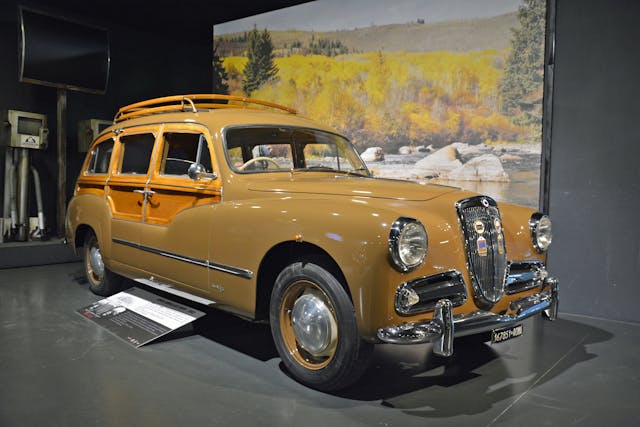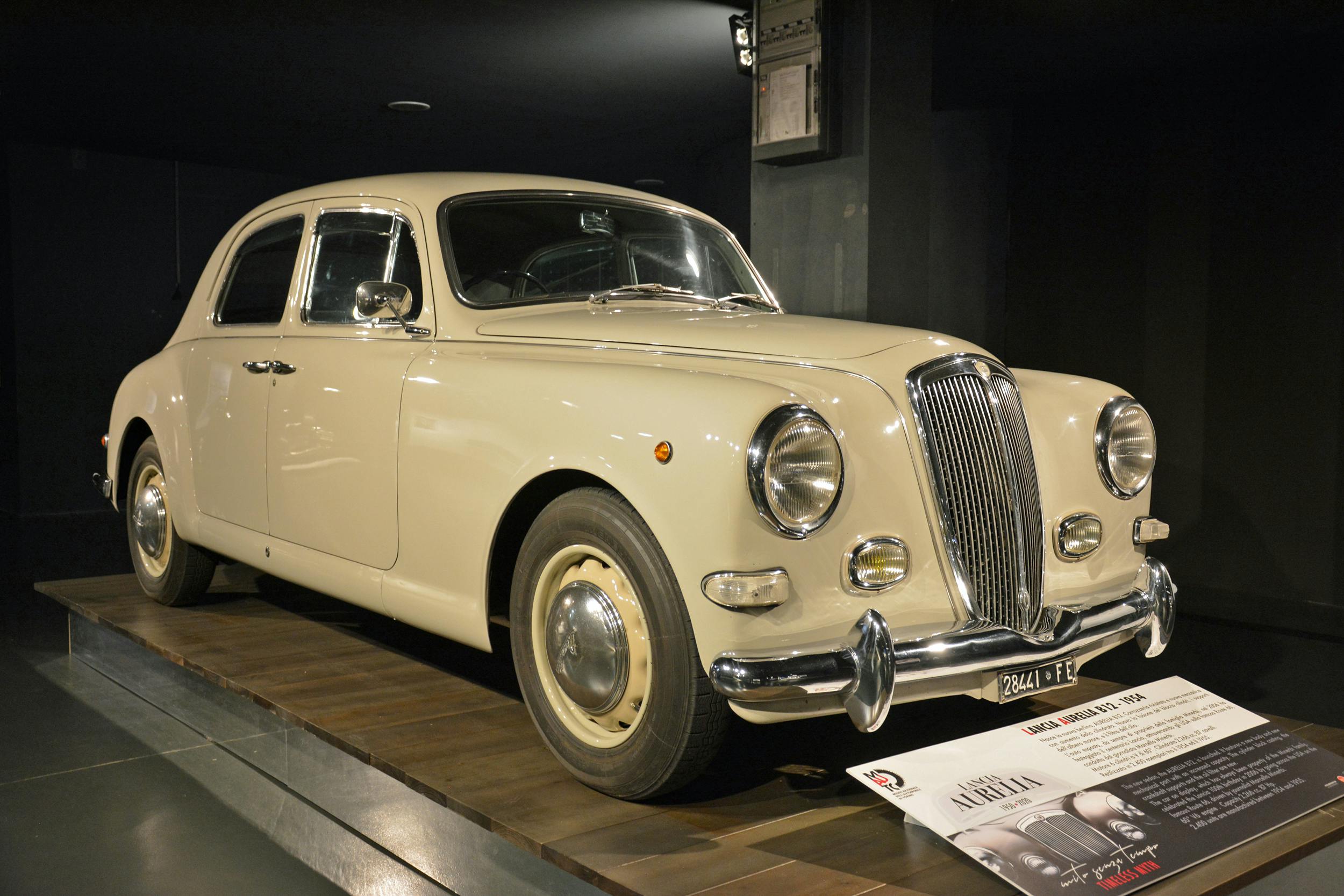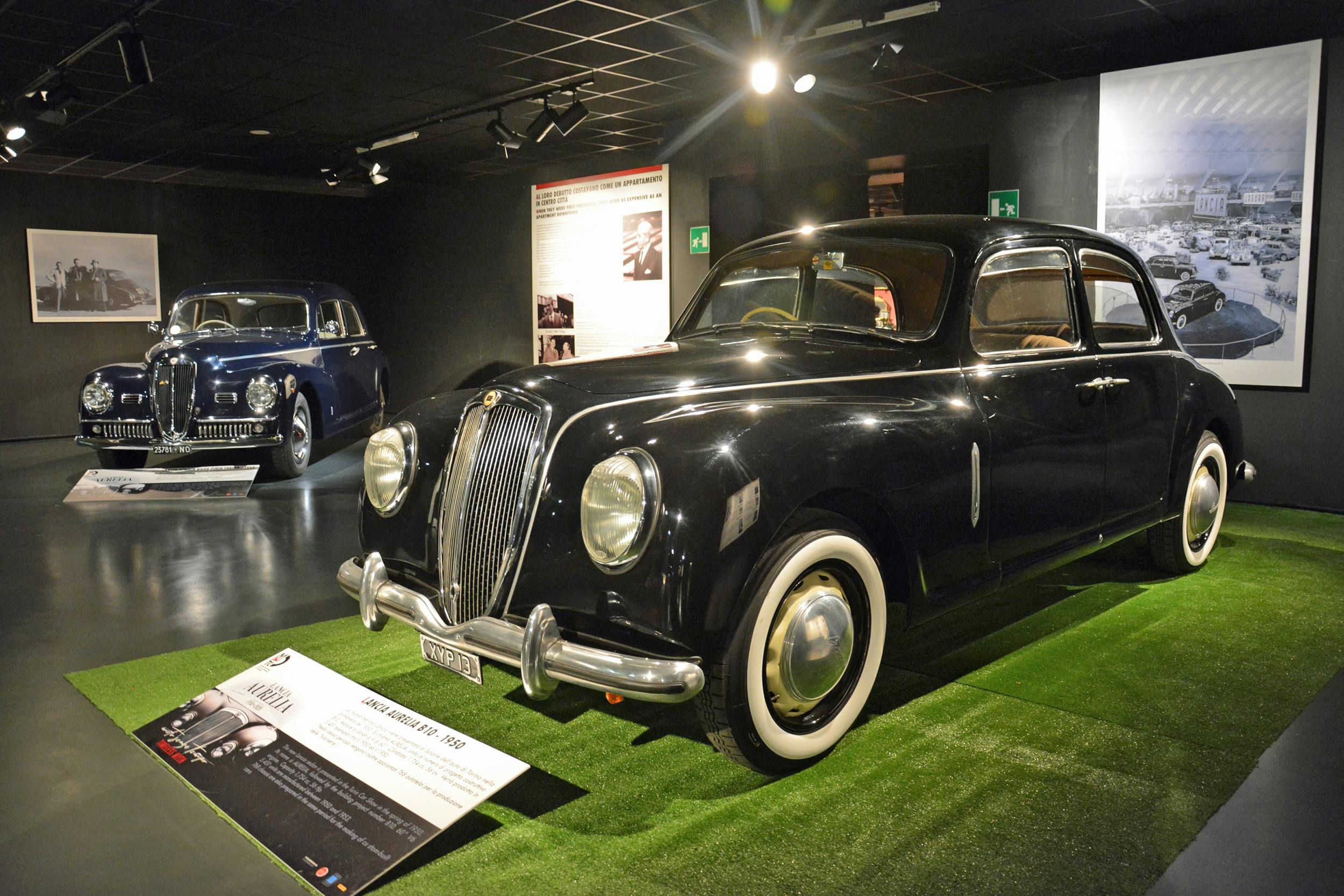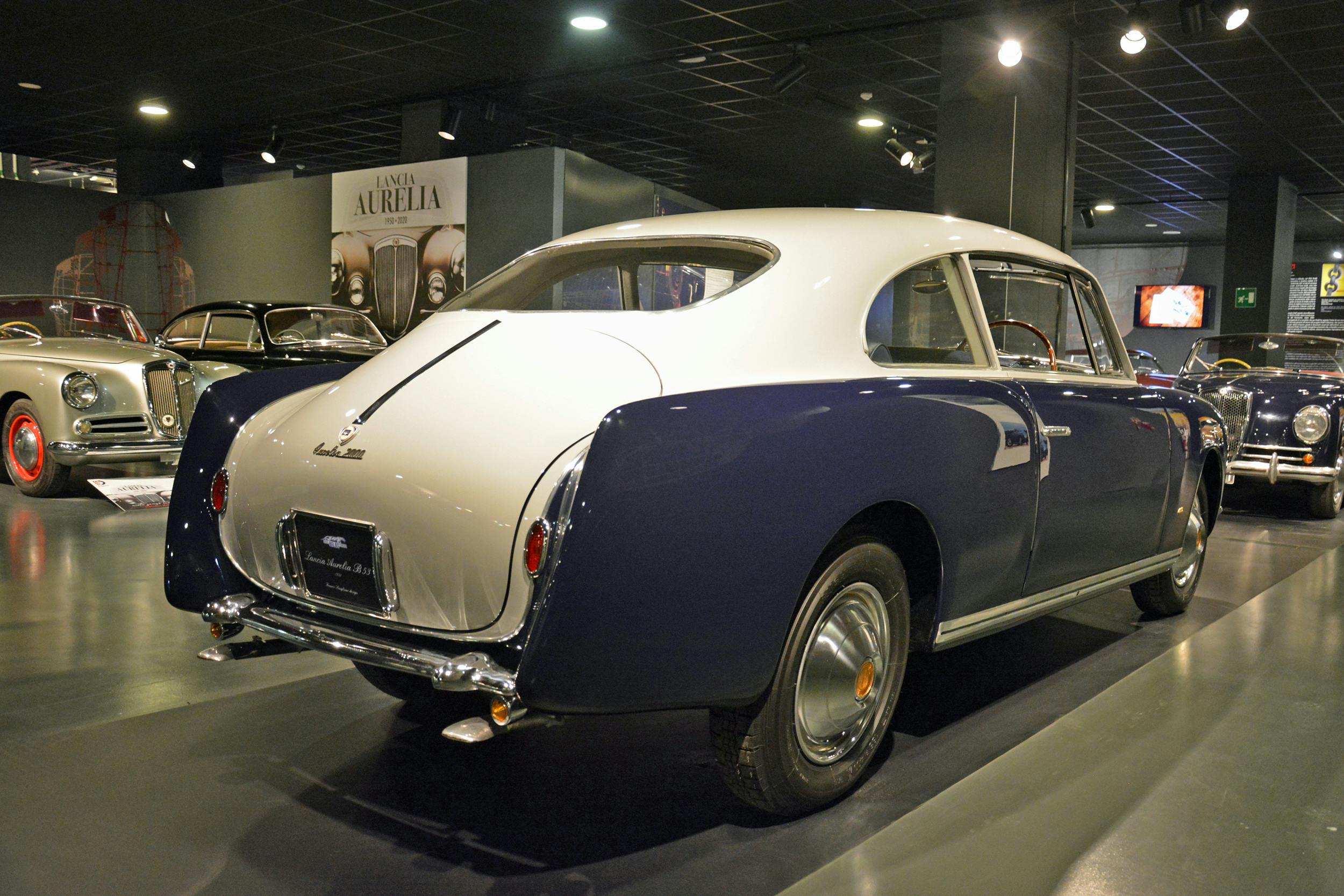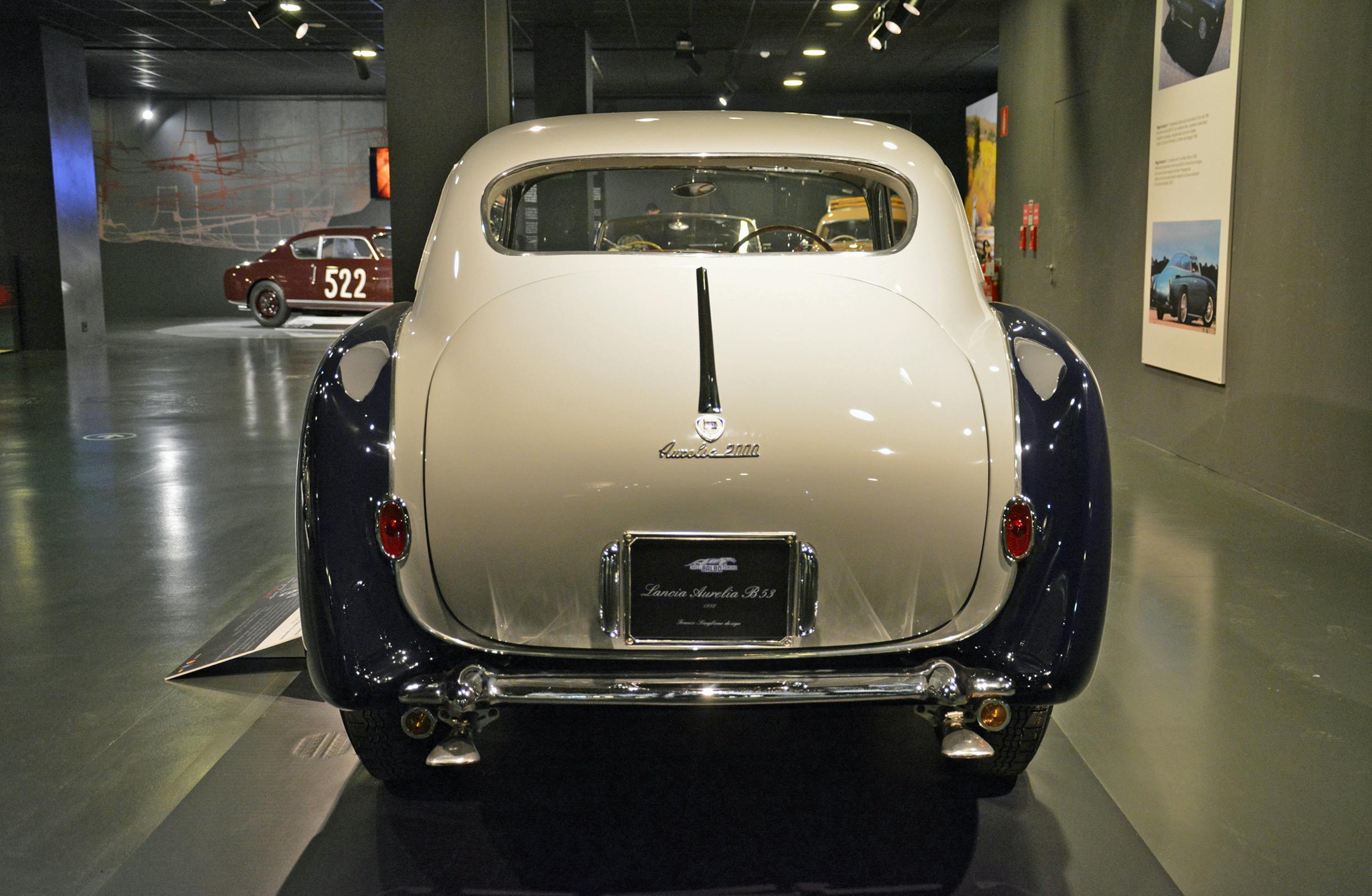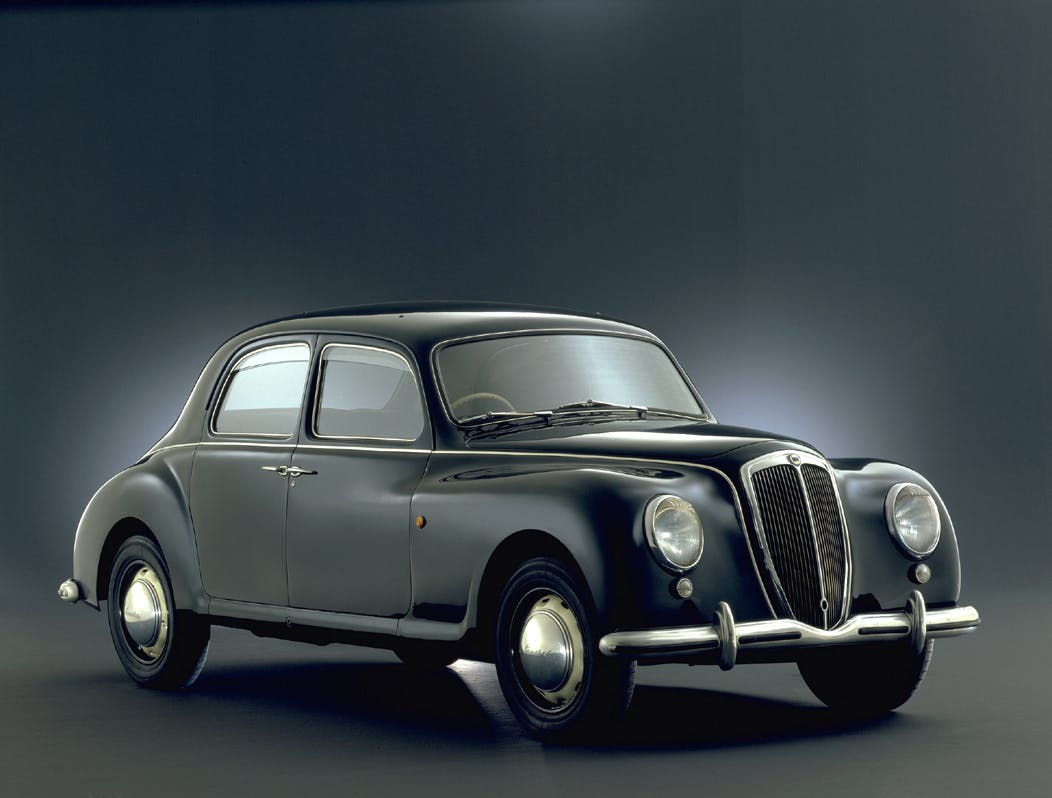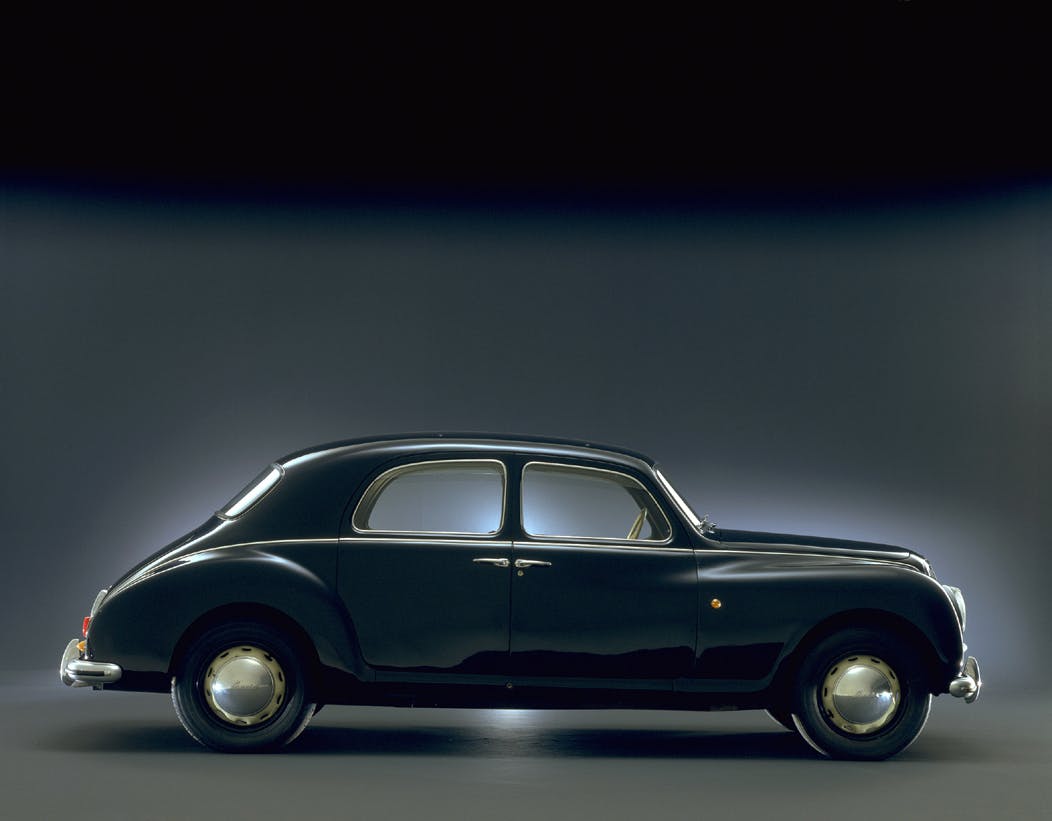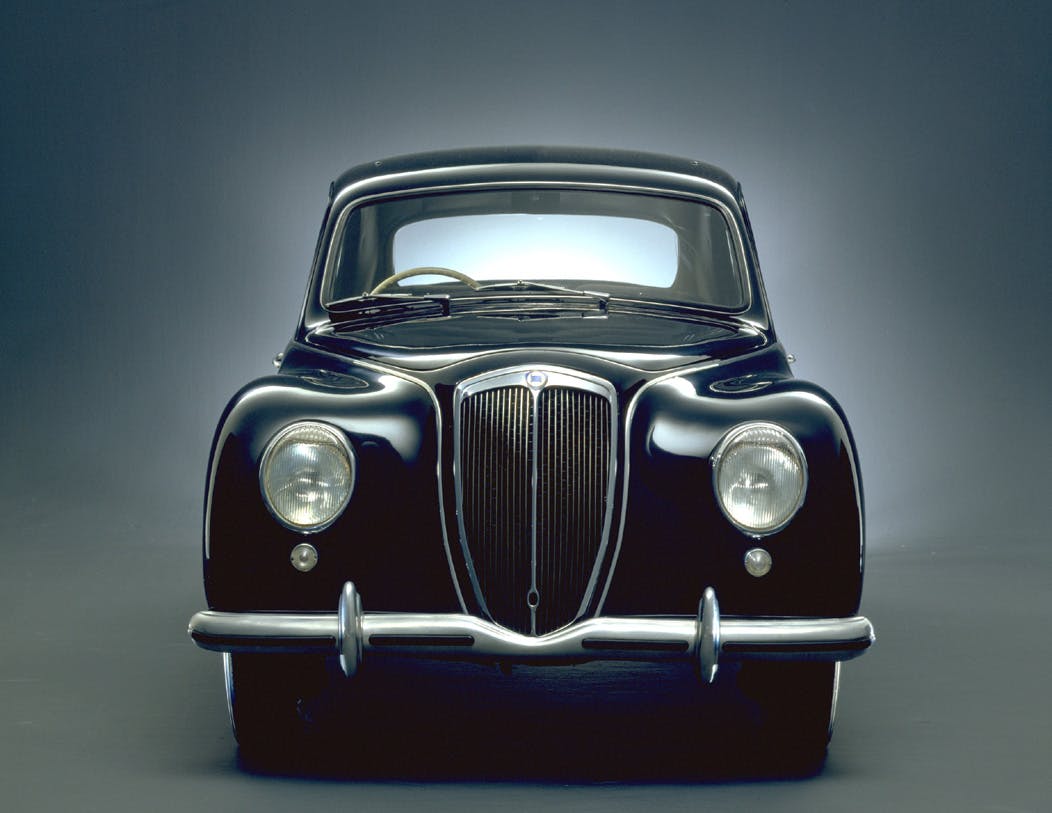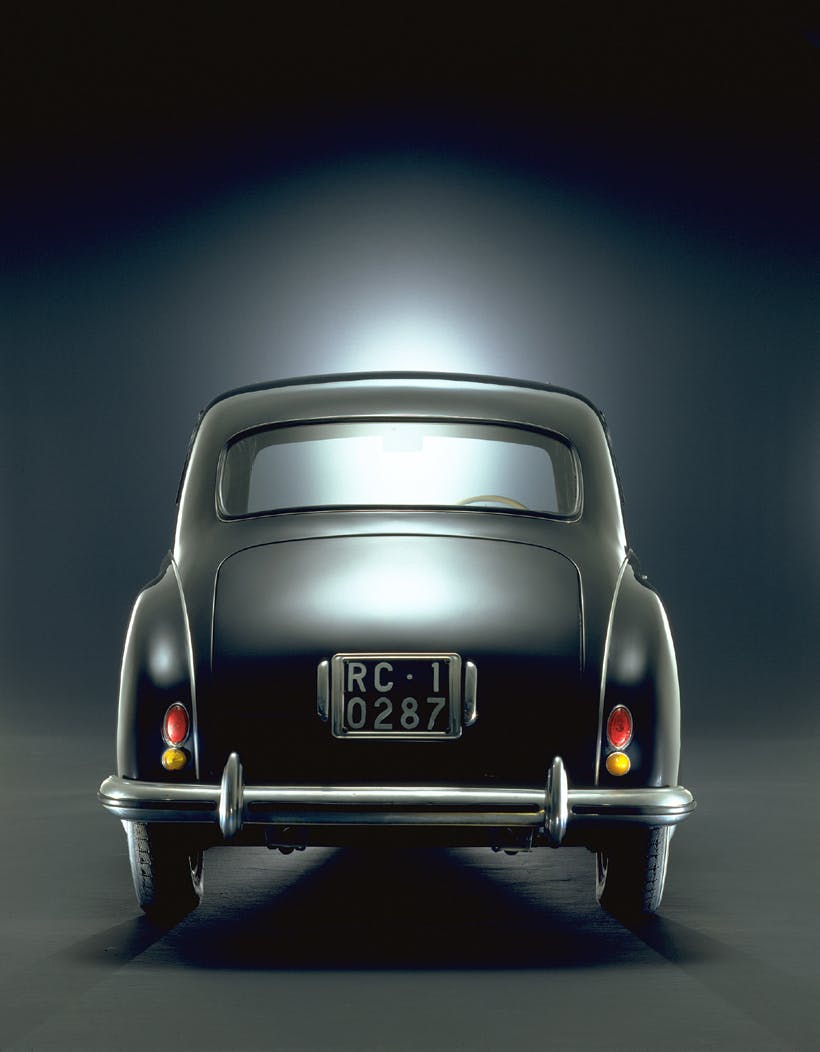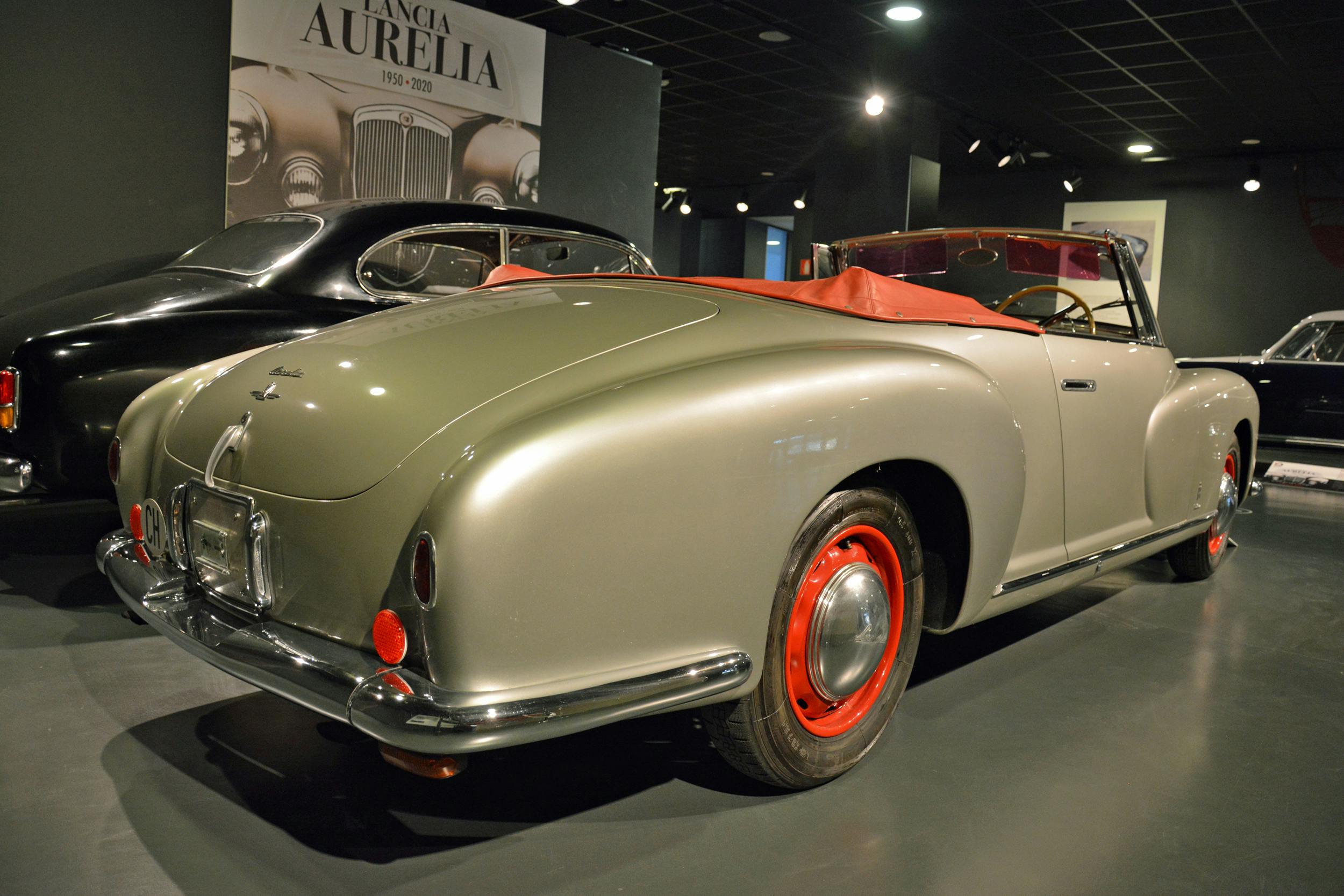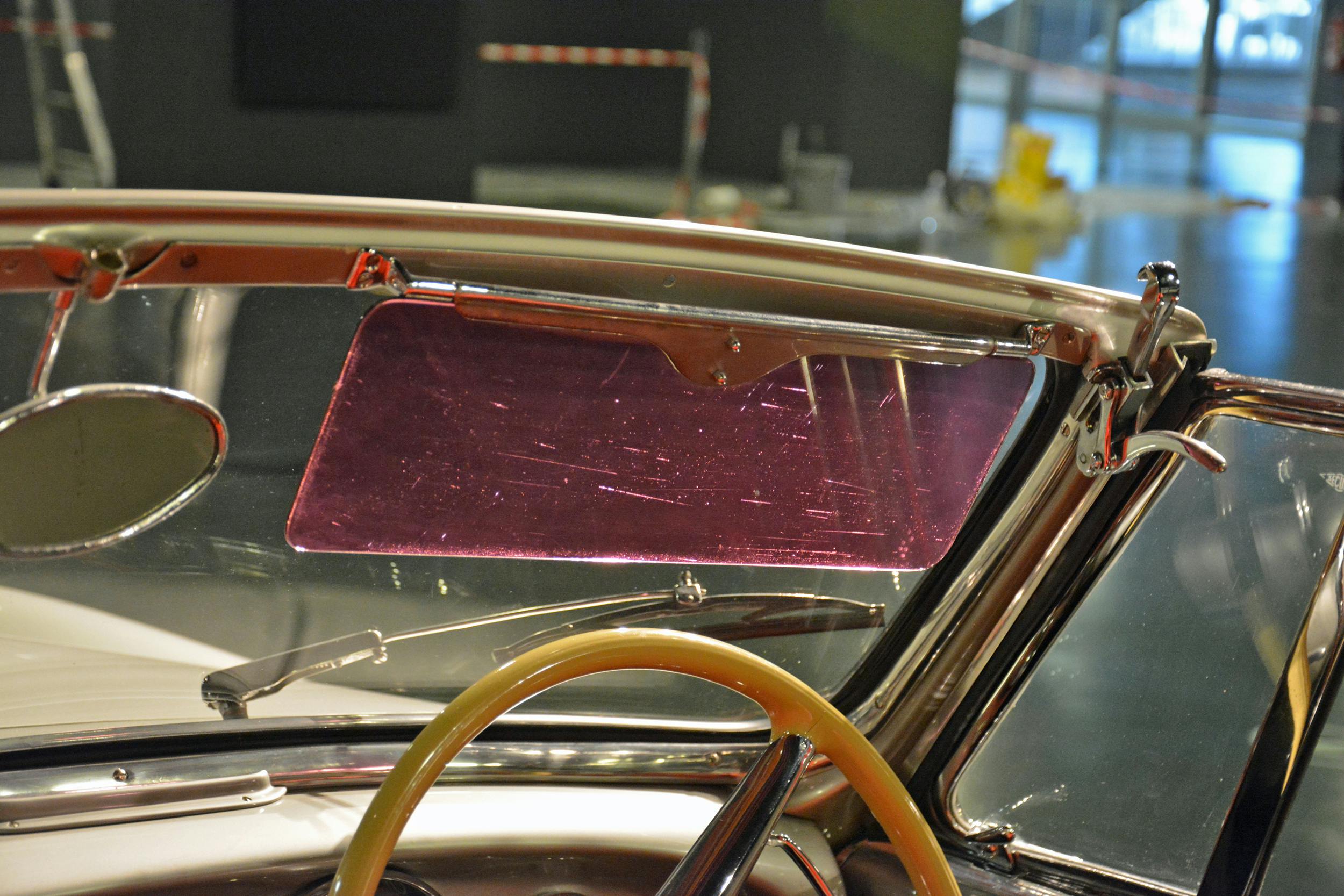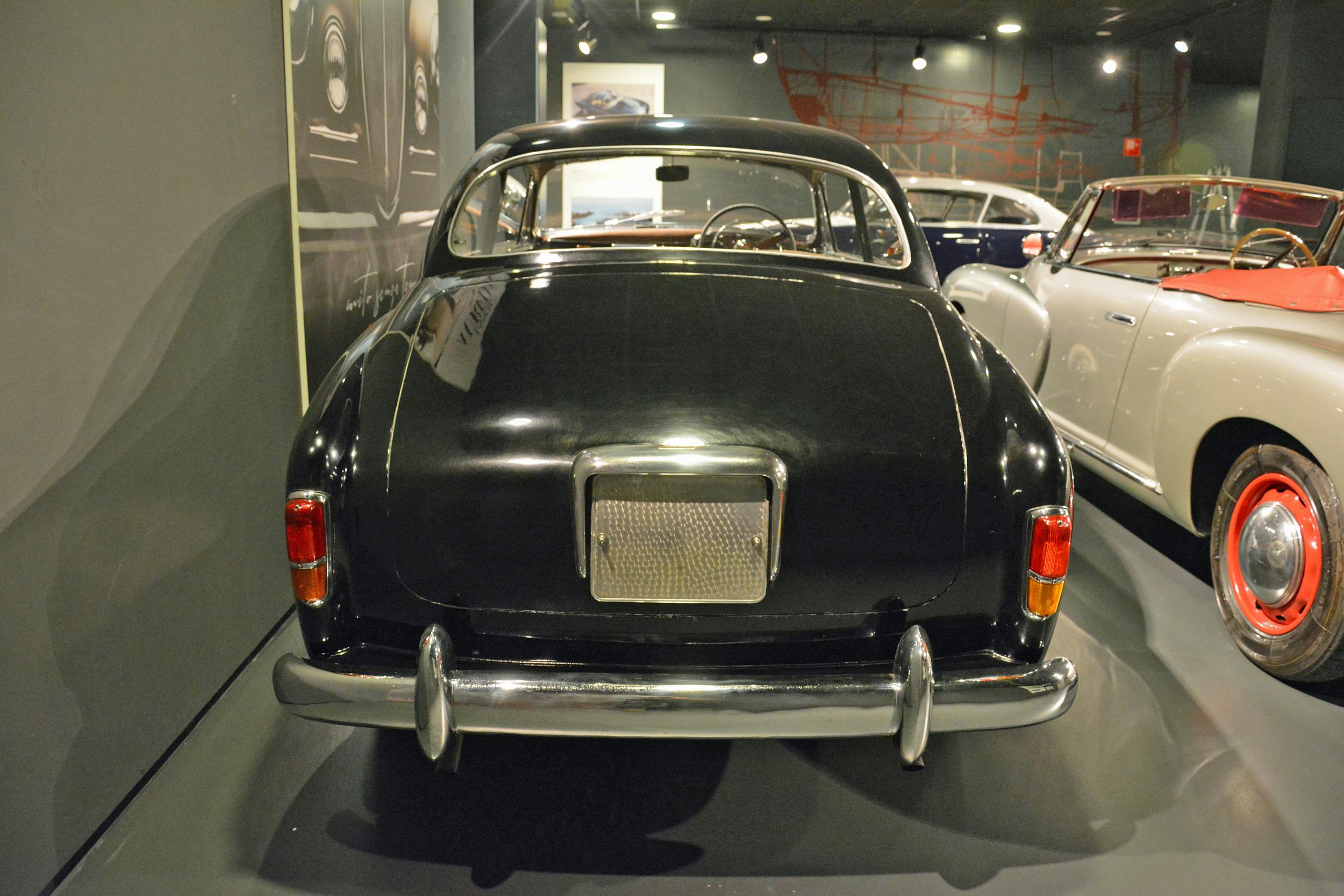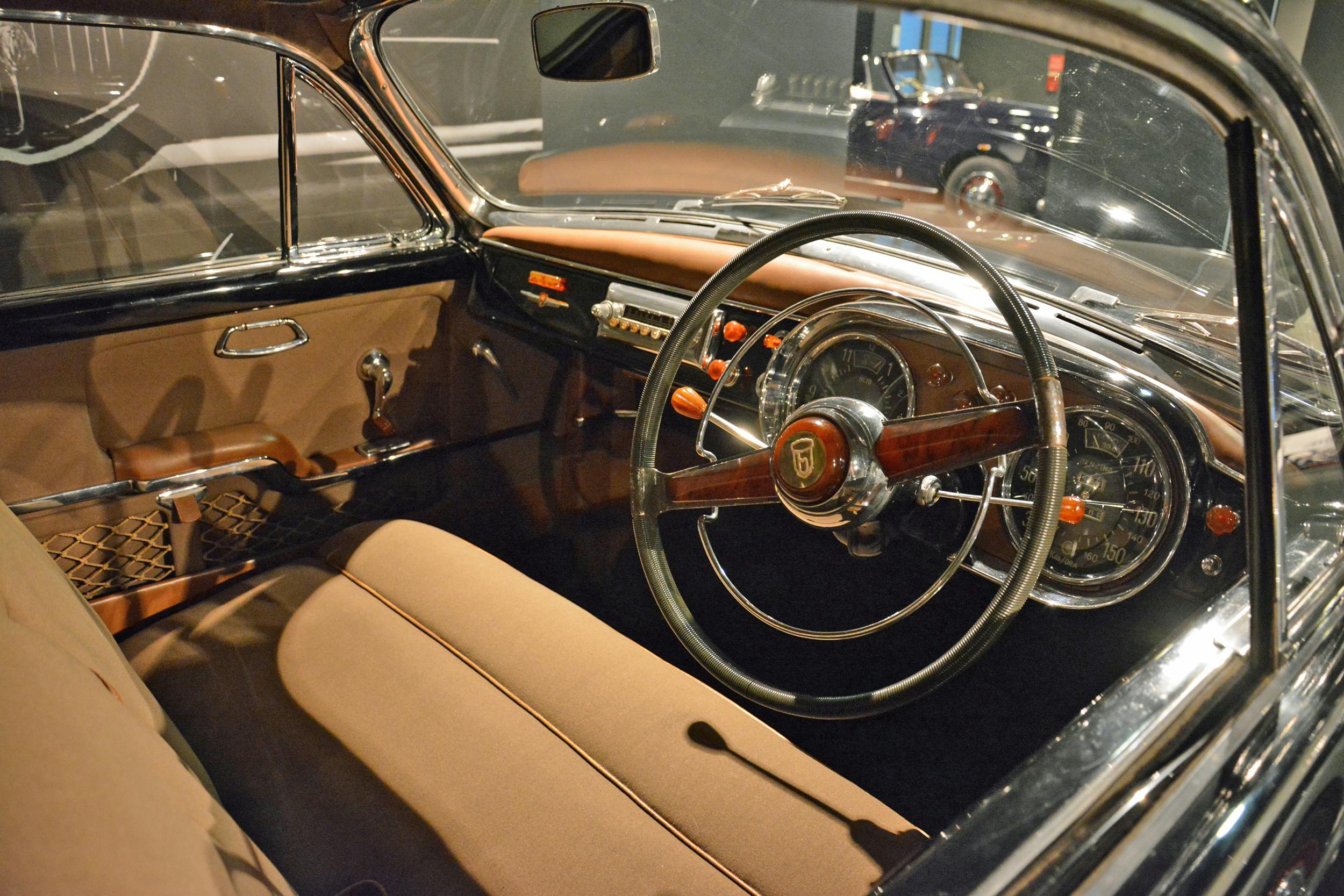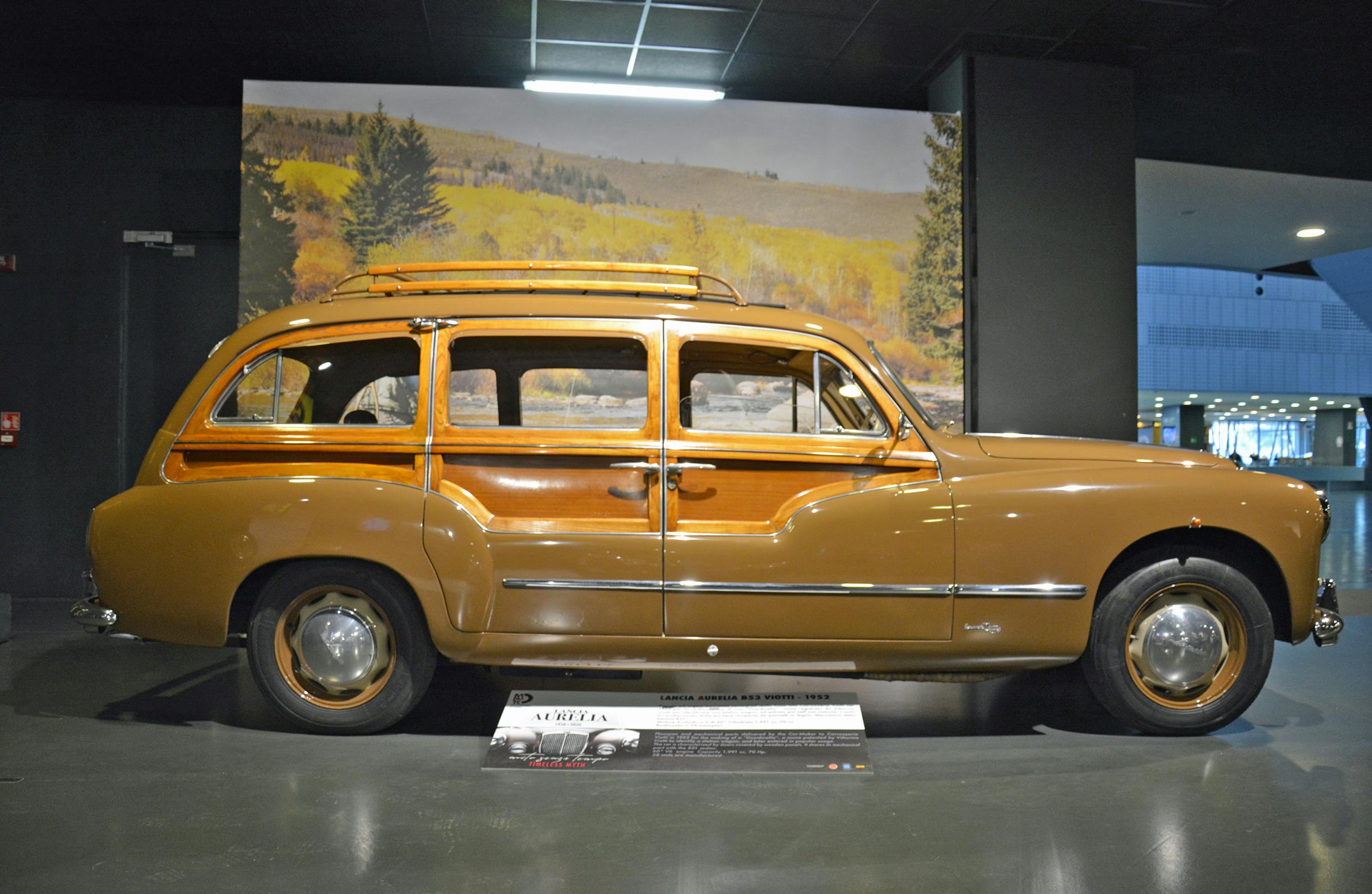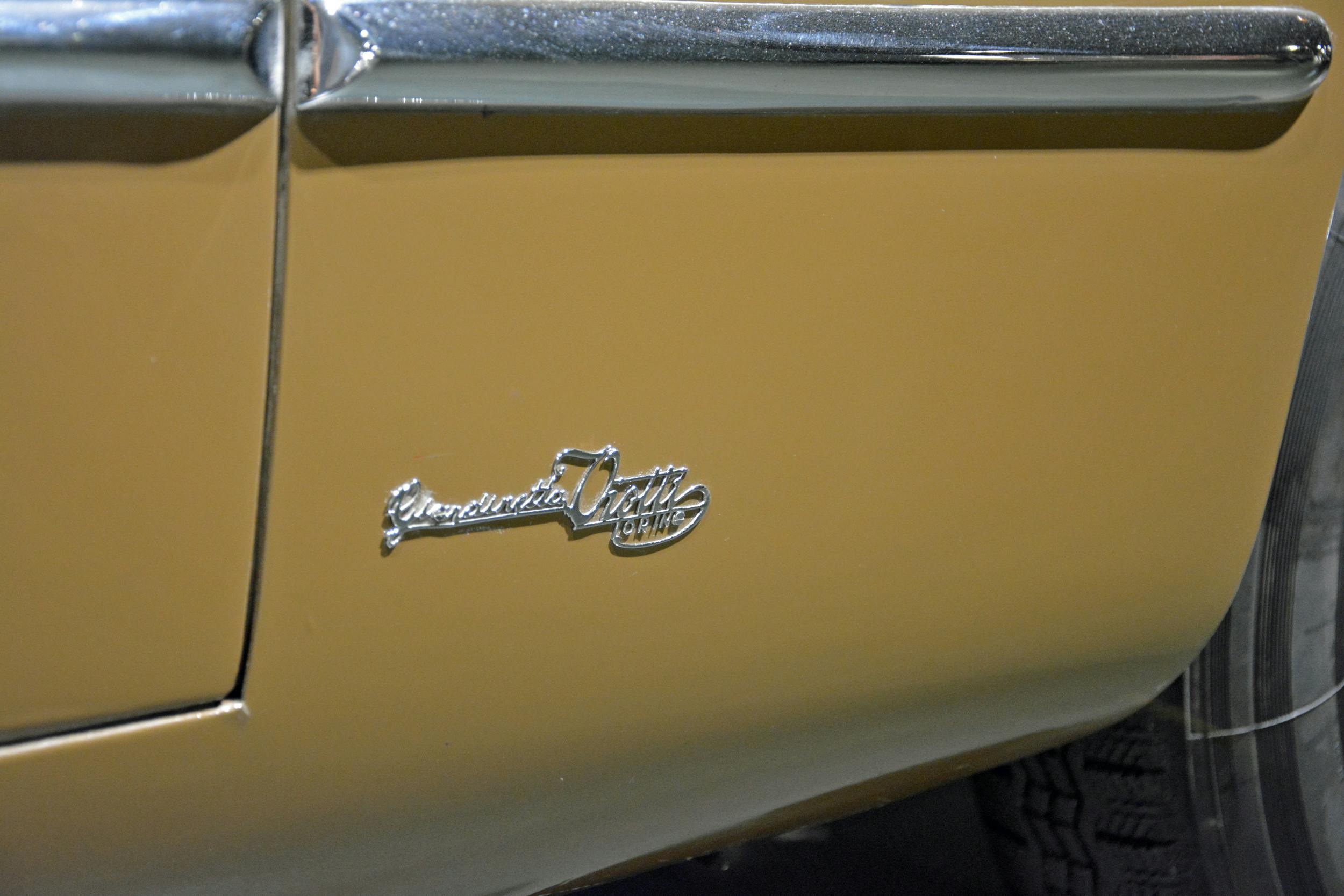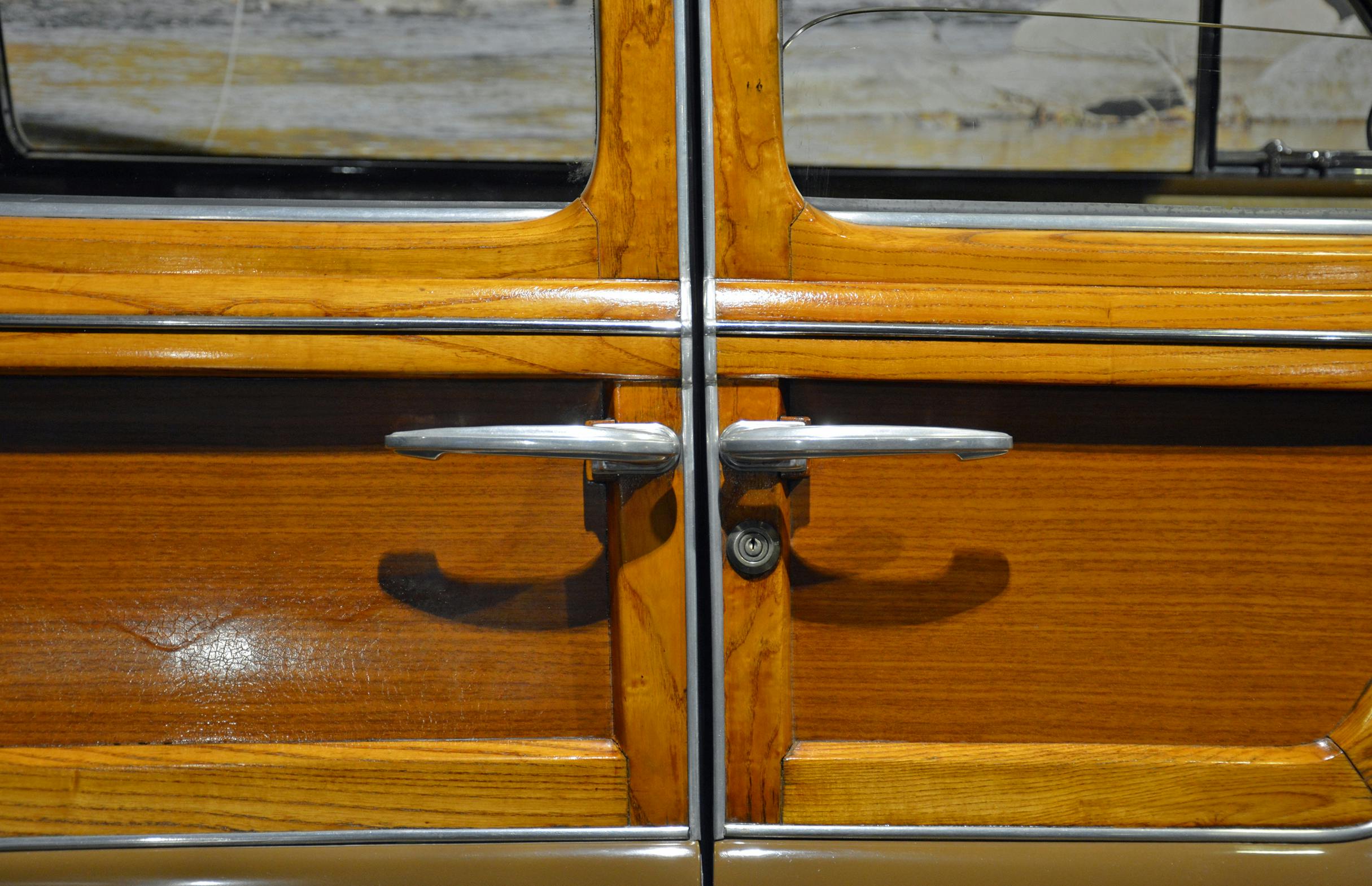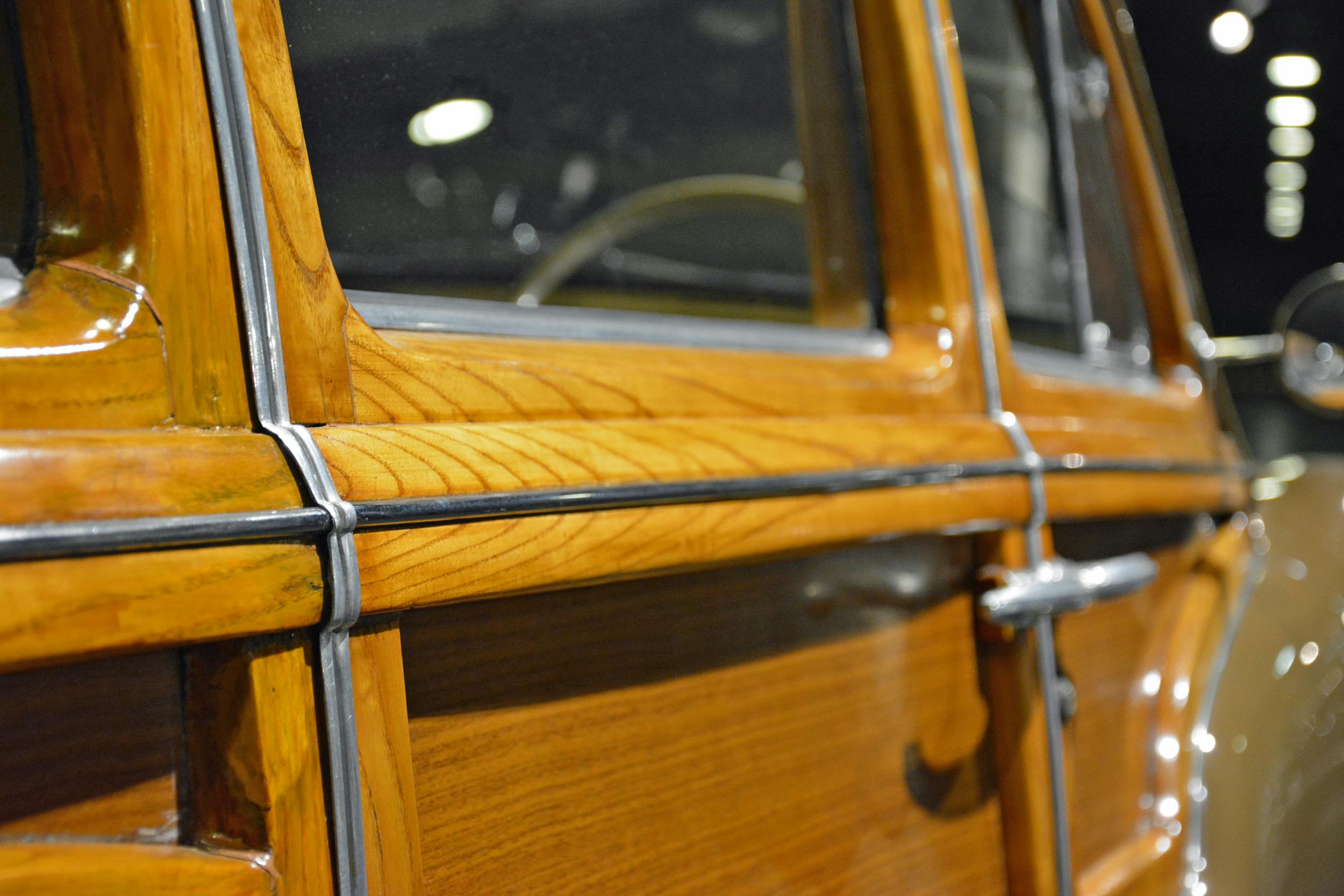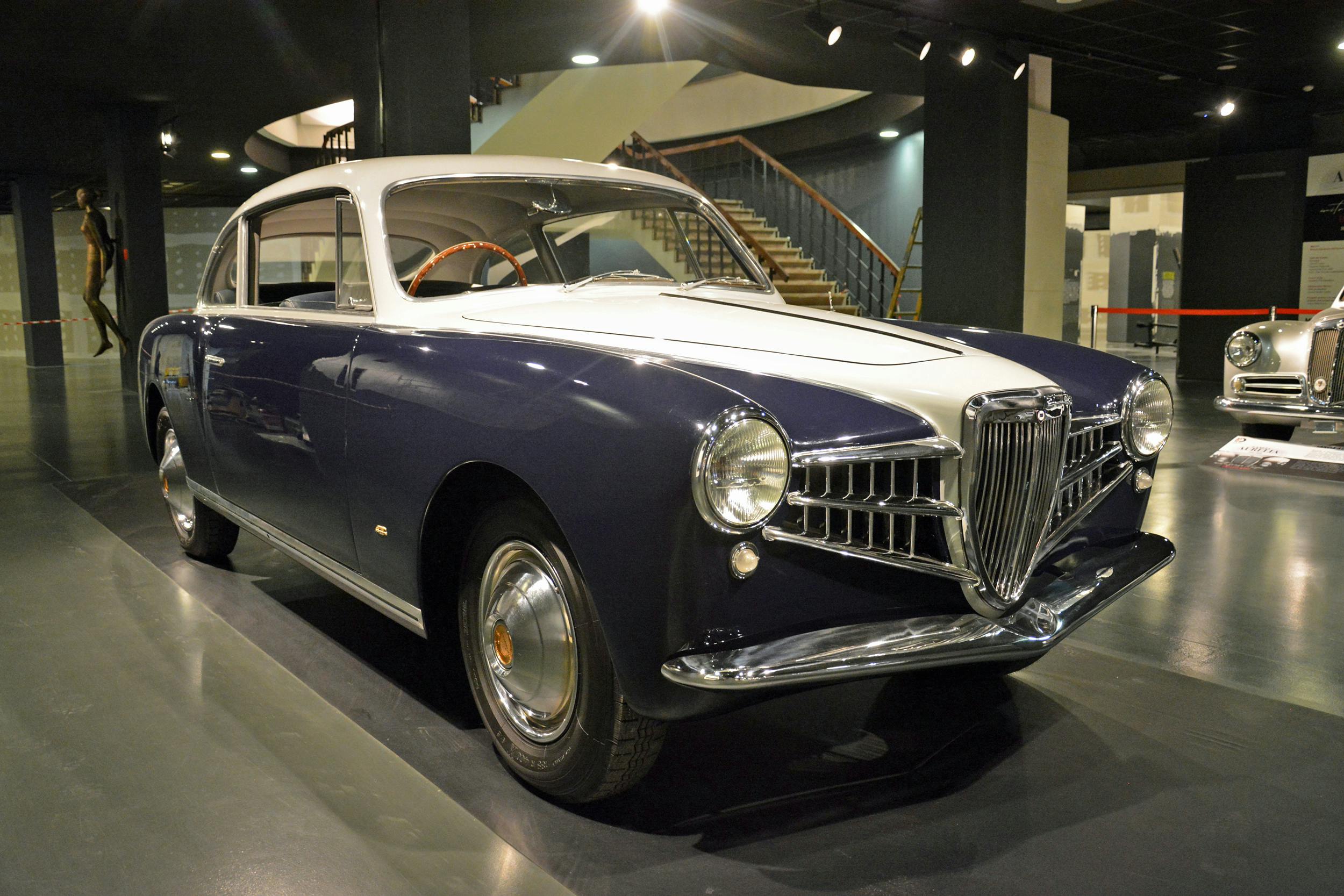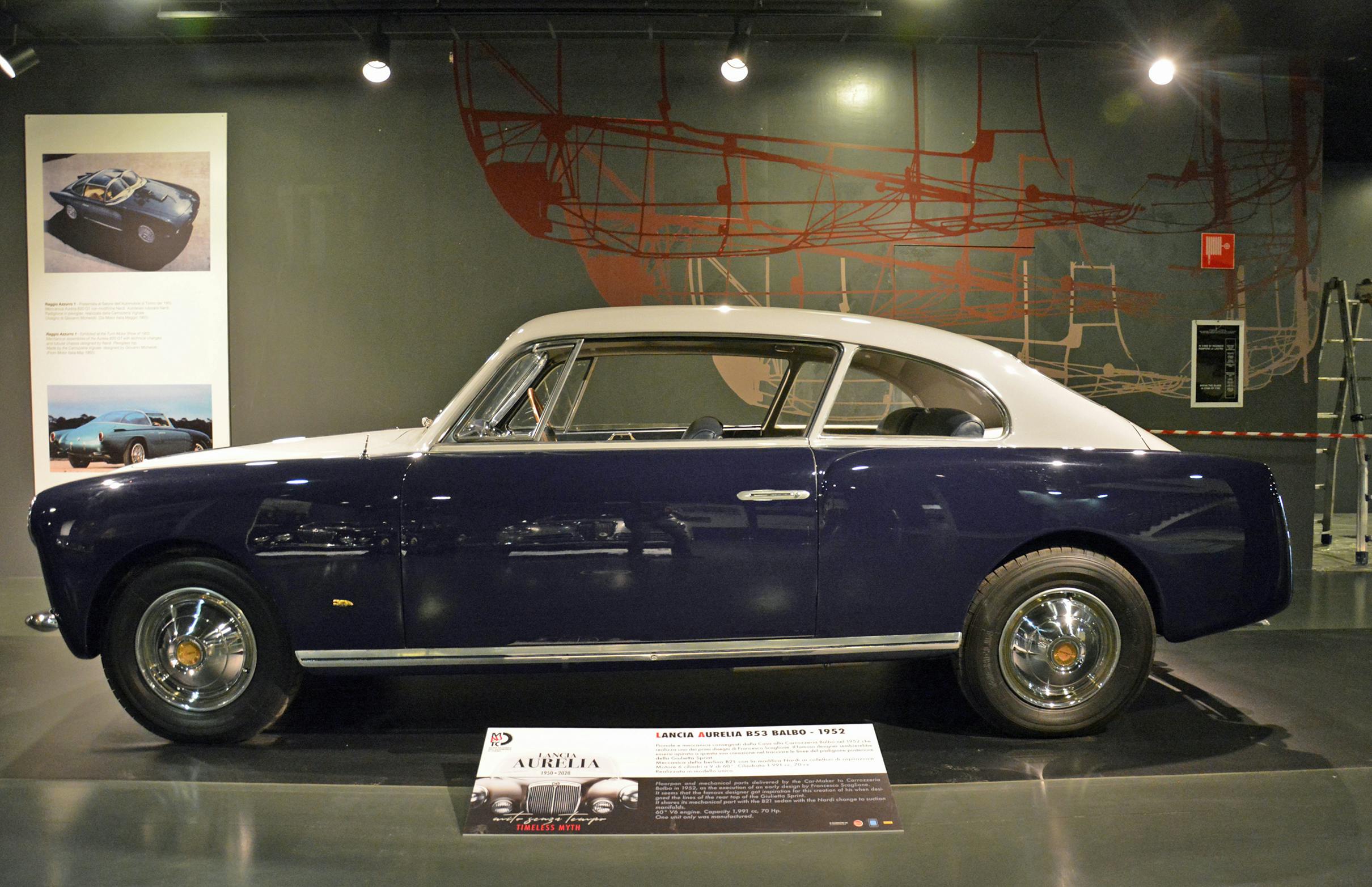Media | Articles
Coachbuilt Aurelias wooed Italy’s status-hungry elite
The first new car that Lancia released after World War II was a stroke of genius.
It was called Aurelia. A girl’s name, borrowed from an Italian road built by the Romans in about 241 BC. The V-6 under the hood at the car’s 1950 debut—the first V-6 to be used in series production—was a 60-degree, 1.8-liter pushrod unit designed by the legendary Vittorio Jano and featuring a compact aluminum block and aluminum heads. The model debuted as a sedan with rear-hinged “suicide” rear doors, but the range gradually grew to include coupe and convertible models. The car’s refined shape and appointments soon wooed Italy’s status-hungry elite, and its engineering helped land a class win at Le Mans in 1951.
Coachbuilding unique bodies onto common production cars was common in the era, and while the Aurelia was pretty in stock form, it was not immune. Although the car used unibody construction, Lancia offered it as a stripped-down chassis in order to save coachbuilders like Pininfarina and Bertone the trouble of paying for a complete car and hacking it up.
Most coachbuilders operating in Italy during the 1950s built at least one car on the Aurelia platform. These handmade pieces are now treasured by collectors. For the model’s 70th anniversary, the Italian National Automobile Museum, in Turin, recently gathered some of the rarest and most attractive variants, scattering them across its dimly lit halls. We got a look at the exhibit earlier this year, before international health and safety lockdowns made international travel as feasible as putting a small-block V-8 in a Fiat 500 without a welder.
Aurelia B50 Cabriolet by Pininfarina (1951)

Pininfarina was one of the first coachbuilders to design and produce an Aurelia body. The house transformed the car into a stylish yet modest four-seat convertible, with long front fenders stretching into the doors and a gently sloping rear end. The bodywork didn’t need to be festooned with chrome; its proportions made sufficient statement.
Marketplace
Buy and sell classics with confidence
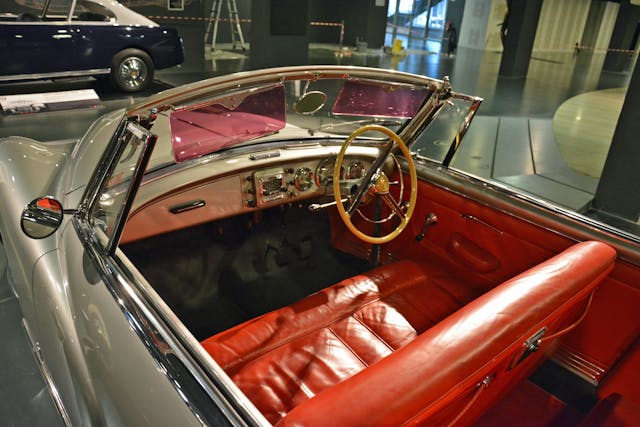
Lancia made 484 turnkey coachwork chassis with the B50 designation, and from 1950 to 1952, Pininfarina turned 265 of those into convertibles. The drop-top was the most popular coachbuilt version of the Aurelia, yet it’s rarer than a Bugatti Chiron. The model was sold through Lancia’s dealer network in some countries, including Italy, but Pininfarina also happily accepted one-off commissions from wealthy collectors. The example displayed in Turin was built at the request of the Princess of Bismarck. The car is the only one of its kind remaining.
Aurelia B52 Coupe by Bertone (1952)

The B52 was an updated version of the B50 chassis, lighter and more evolved. Bertone received one from Lancia in late 1951, complete with instructions to build something for the 1952 edition of the Turin auto show. Never one to disappoint, the styling house redesigned the car’s front end by fitting quad lights under sheet-metal eyebrows, a look previewing design cues the firm would bring to the market a decade later.
The rest of the car was more restrained. The ordinary Aurelia’s large, vertical grille was retained, fronting a graceful silhouette that blurred the line between two-door sedan and coupe. Thin vertical taillights lived at the rear, and the dashboard retained the production Aurelia’s large gauges. There were no major mechanical changes; power came from the Aurelia sedan’s 2.0-liter, 70-hp V-6.
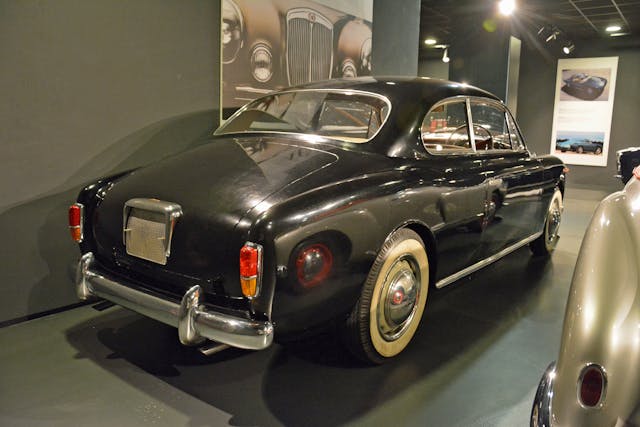
Bertone’s coupe debuted to the popping of flashbulbs at the 1952 Turin show. After, it was exhibited at other prestigious European events before being sold into private hands. The car is a one-off, it’s entirely original, and it has never been restored. Bonhams sold it for €172,500 (about $186,000) in 2015.
Aurelia B53 Giardinetta Wagon by Viotti (1952)

Woody wagons are typically associated with southern California’s loose-hanging surf culture. Over the last 70 years, the wood-paneled 1950 Ford has appeared on thousands of t-shirts, mugs, and kitsch trinkets. Inspired by the look early, Italian coachbuilder Viotti set out to prove that woodies could also take a family skiing in the Alps.
The firm started its work with Lancia’s extended-wheelbase Aurelia chassis, dubbed B53. It then designed a long-roof body and filled some of the gaps with real wood panels accented by thin metal trim. The rear featured suicide doors, as on the factory sedan, and the same 70-hp, 2.0-liter V-6.

Viotti received 58 orders for the Aurelia Giardinetta, and the example shown here is claimed to be one of just two remaining. Lancia itself avoided four-door station wagons until 1986, when it released a family-friendly evolution of the Thema, a model that famously shared its platform with the Saab 9000, the Alfa Romeo 164, and the Fiat Croma.
Aurelia B53 Coupe by Balbo (1952)
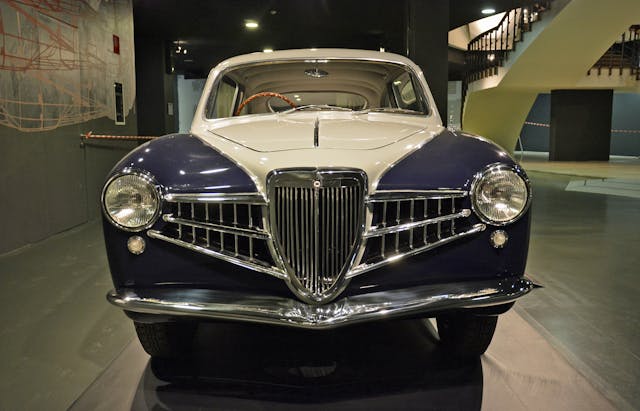
Balbo’s B53-based Aurelia coupe proves that BMW didn’t invent the oversized grille. One of Franco Scaglione’s first designs, Balbo’s Aurelia took the car in a dashing direction—several yards of chrome on the front, swept-back roof pillars, and two-tone paint. The beltline ended in fins while the roof neatly flowed into a rounded trunk lid. Passengers were treated to an opulent cabin, little expense spared: two-tone beige and blue leather upholstery, blue gauges, a wood-rimmed steering wheel, and a radio playing through a single speaker mounted under the dash. The wide grille hid the familiar 2.0-liter V-6 and a Nardi-developed intake.
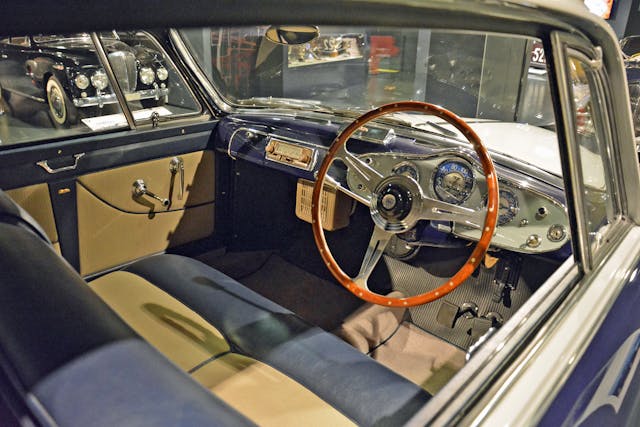
Most historians agree this Aurelia is a one-off. Hidden for decades, it resurfaced in a Dutch collection in the late 2000s in decrepit condition and it was fully restored during the over the last decade. As for Balbo, the firm closed in 1954 after a last-ditch foray into microcar territory. Scaglione went on to an illustrious career designing cars for Fiat, Abarth, Bertone, Alfa Romeo, Maserati, and NSU, among other brands. He’s notably responsible for Bertone’s futuristic Alfa Romeo-based B.A.T cars.
